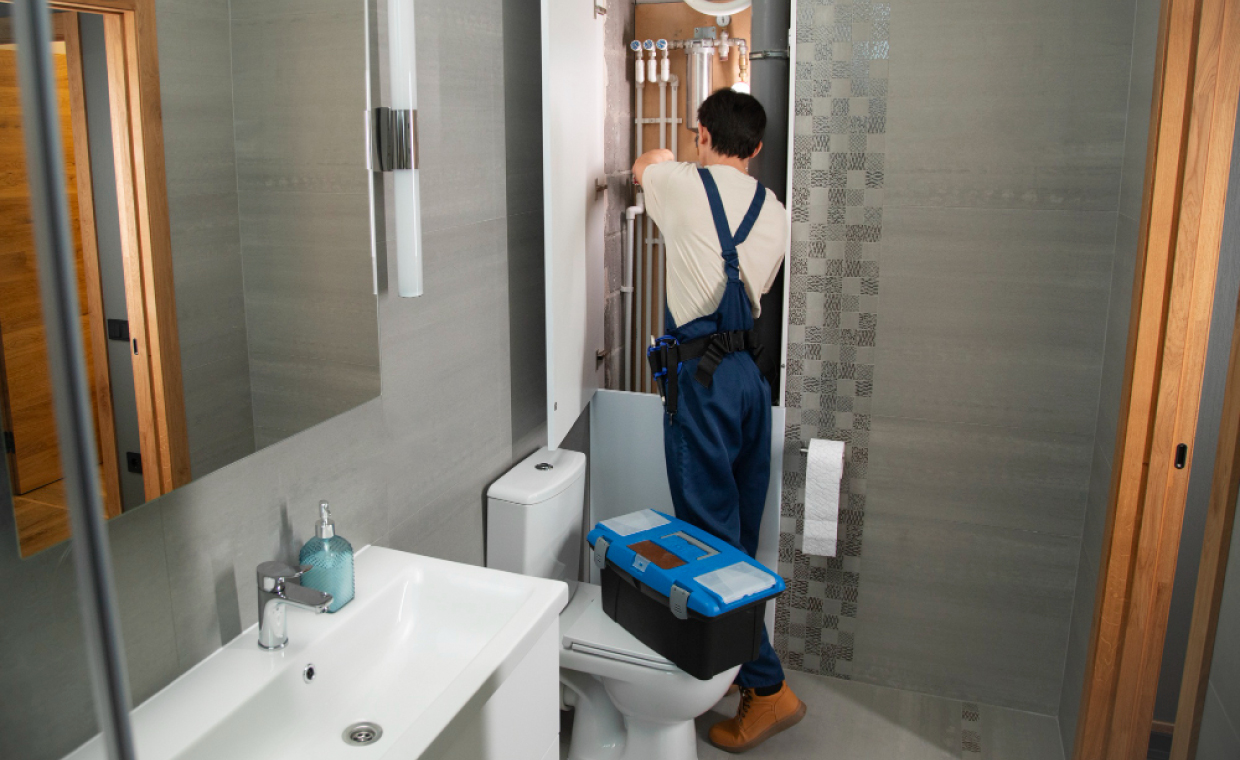
A Solar Water Heater is a device which provides hot water for any purpose using Sun’s thermal energy for heating the water. It is generally installed at the terrace or at any place where sunlight is available. The water gets heated during day time and is stored in an insulated storage tank for use when required including mornings. Solar water for domestic purpose are very popular as they suffice the need of hot water for bathing, washing, cleaning etc., particularly on cold days.
How is the Solar Hot Water System Specified ? What is LPD ?
The capacity of a solar hot water system is specified as LPD. It is a short form for Liters Per Day. The intensity of solar radiation varies throughout the day, hence capacity cannot be specified in terms of hourly output.
For a house with one bathroom and 3 to 4 members, 100 liter per day capacity system should be sufficient. For more numbers of bathrooms, the capacity will increase accordingly due to pipe losses & more number of family members. Generally the capacity is decided based on hot water required in mornings for bathing. If the usage is in evening & at other times also, the capacity is decided accordingly.
Some useful thumb rules for estimating the hot water requirement are given below:
Application | Typical Requirement of Hot Water at 600 C |
| Household bathing using buckets | 10-20 liters per person per bath |
| Household bathing using shower with a mixing tap | 20-30 liters for 10-15 minute bath |
| Shaving, with running top (which should be avoided) | 7-10 liters |
| Household bathing in bathtub (one filling) | 50-75 liters |
| Wash basin with a mixing tap (hand wash, brushing of teeth etc.) | 3-5 liters per person per day |
| Kitchen washing | 2-3 liters per person per day |
| Dishwasher | 40-50 liters per wash cycle |
| Clothes washing machine | 40-50 liters per cycle |
As the sun is not available on cloudy days the efficiency of solar water will go down or may even become zero.
Normally the sizes are offered in multiples of 100 liters.
If different use points are scattered and the capacity required is large how can I minimise the wastage of hot water in the pipelines?
In such a case, instead of a single large system, a number of smaller systems can be installed which have same total capacity as desired. These systems can be placed at locations closer to the use points, thus minimising the piping cost and the wastage of hot water too.































